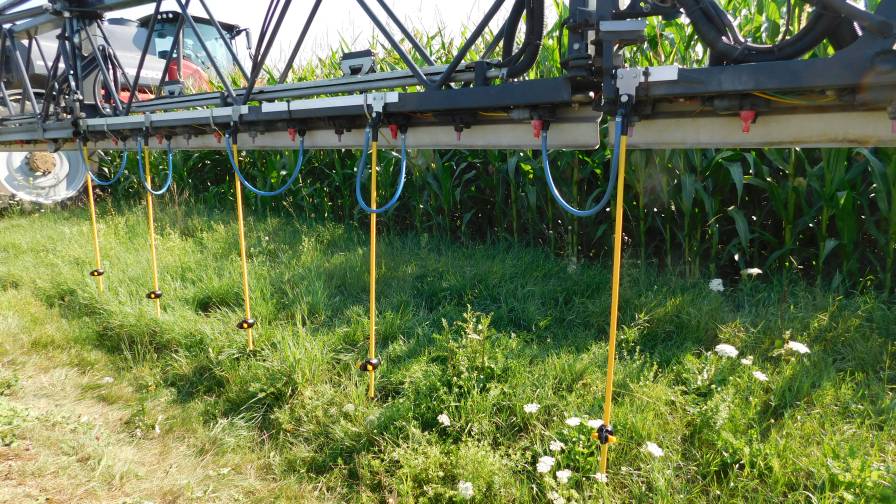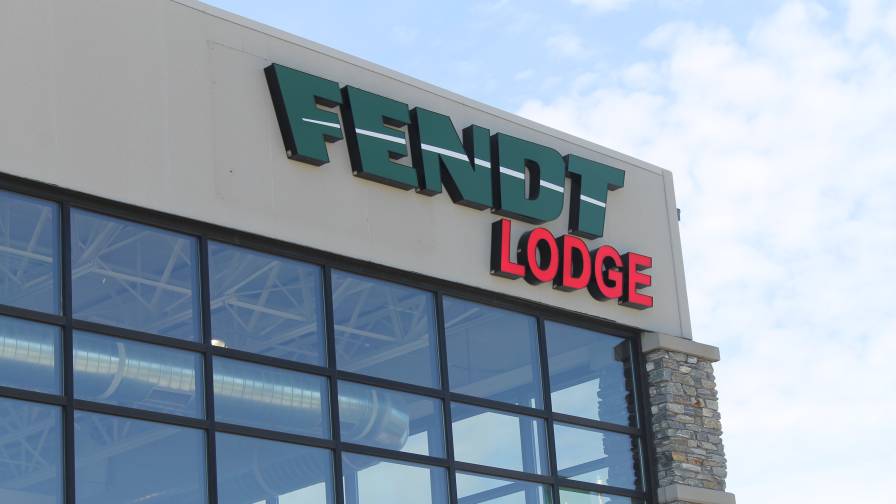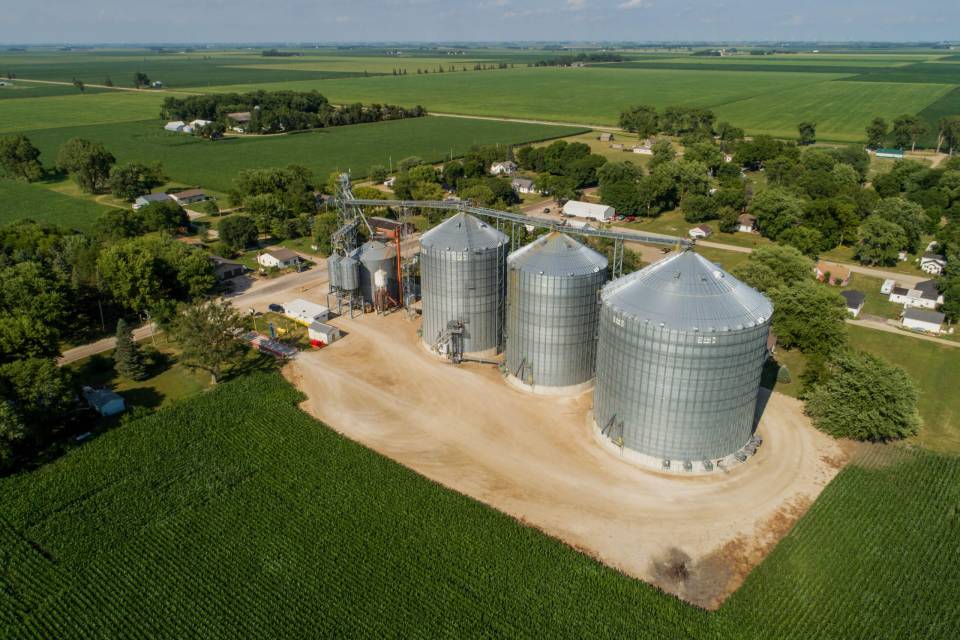Nutrient Management Still A Focus In 2015
The on-going effort to keep nutrients in their proper place is not something that promises to go away anytime soon. In fact these efforts are projected to intensify in the coming years, especially in areas that cultivate near protected watersheds, making nitrogen stabilization and phosphorus (P) fixation products basically a must-have for ag retailers that apply nitrogen (N) and anhydrous ammonia.
At a recent 4R Nutrient Stewardship Certification event in Perrysburg, OH, near the Maumee River Watershed — which drains 4.2 million acres of intense row crop production land into nearby Lake Erie/Ohio Sea Grant College professor Dr. Jeffrey Reuter reasoned there are many factors leading to increased nutrient loads (both P and N) infiltrating our nation’s water. While there is still no definitive, science-backed answer on whether or not agricultural fertilizer run-off is the main culprit, Reuter and others feel there could also be environmental factors at work, which, if true, could make the problem even more difficult for retailers to manage.
“Limiting N and P nutrient loading is extremely important, and our research shows that 80% to 90% of loading occurs during storm events,” he said during his presentation on last summer’s drinking water crisis in Toledo, OH. “Whether you believe that climate change is exasperating this problem or not, there is no arguing that the frequency of intense storm events (three inches or more rain in 24 hour period) that we are experiencing is up (from years past).”
According to Reuter, paying a keen eye to the weather report and timing fertilizer applications to avoid upcoming large rain events is going to be a key best management practice going forward, as is the use of products that help keep nutrients from leeching or volatizing: nutrient stabilizers.
New Products For ’15
About three weeks after the Toledo water crisis and the ensuing media hysteria placed agriculture square in the crosshairs of water regulators and environmentalists alike for the foreseeable future, in an air-conditioned Media Tent just off Central Avenue in Progress City, Boone, IA (where they host the annual Farm Progress Show), Koch Agronomic Services held a media briefing to introduce two new nitrogen stabilizer products for 2015 for its AGROTAIN line.
AGROTAIN ADVANCED stabilizer is a patent-pending, concentrated liquid formulation that claims improved performance at a reduced use rate, minimizing the potential for buildup during blending and applications. The other new addition, DRI-MAXX stabilizer, is described as a lower use rate, patented dry formulation of AGROTAIN stabilizer.
Both products, according to Dr. Greg Schwab, director of agronomy, were developed specifically with the ag retailer in mind. “These two new products were the direct result of us listening to feedback from retailers,” said Schwab during the late-August presser. “They want lower-use rates, they want an easier handling product and they want return-on-investment, and these two new products are a good deal for grower-customers and a good deal for retailers.”
Schwab also said ADVANCED has a 2 quarts per acre use rate and will launch globally this year, and DRI-MAXX gives retailers the ability to treat around 30% more UAN and urea in a day versus competitive products.
“These products can help a grower maximize yield, and they’re good for the retailer that’s doing application work from a society/sustainability standpoint, so it’s really a win-win situation,” says Schwab.
Another new product for 2015 is BASF’s Limus nitrogen management product which, like DRI-MAXX, blends with urea and UAN fertilizers to protect against volatilization and nitrogen loss. BASF claims Limus provides more than three weeks of protection in ideal field conditions, and the formulation combines two active ingredients that are more effective than a single inhibitor on urease enzymes found in soil, resulting in a decrease of nitrogen loss.
“Growers can lose over 40% of surface-applied urea due to volatilization within weeks of application,” said Nick Fassler, product manager, BASF, in a recent press release. “This makes the window for growers to optimize protection of their fertilizer very critical.”
Reducing ammonia losses by more than 90%, Limus nitrogen management has demonstrated increased crop yields on average of 6%, according to 2013 replicated research. In additional BASF research testing in controlled environments, untreated urea lost up to 35% of nitrogen 11 days after application. Urea fertilizer treated with Limus nitrogen management netted no more than 5% nitrogen loss.
“Nitrogen is essential for optimal plant growth and maximizing yields,” Fassler said. “The nitrogen loss prevented by Limus nitrogen management protects plant nutrition, allowing crops to reach their maximum yield potential.”
In additional 2014 nitrogen stabilizer news, Specialty Fertilizer Products (SFP), which markets the popular AVAIL Phosphorus Fertilizer Enhancer, NutriSphere-N nitrogen manager and More Than Manure, was acquired back in early-July by Verdesian Life Sciences. According to a press release, in early 2015 SFP will become Verdesian and a combined sales force will be formed.






